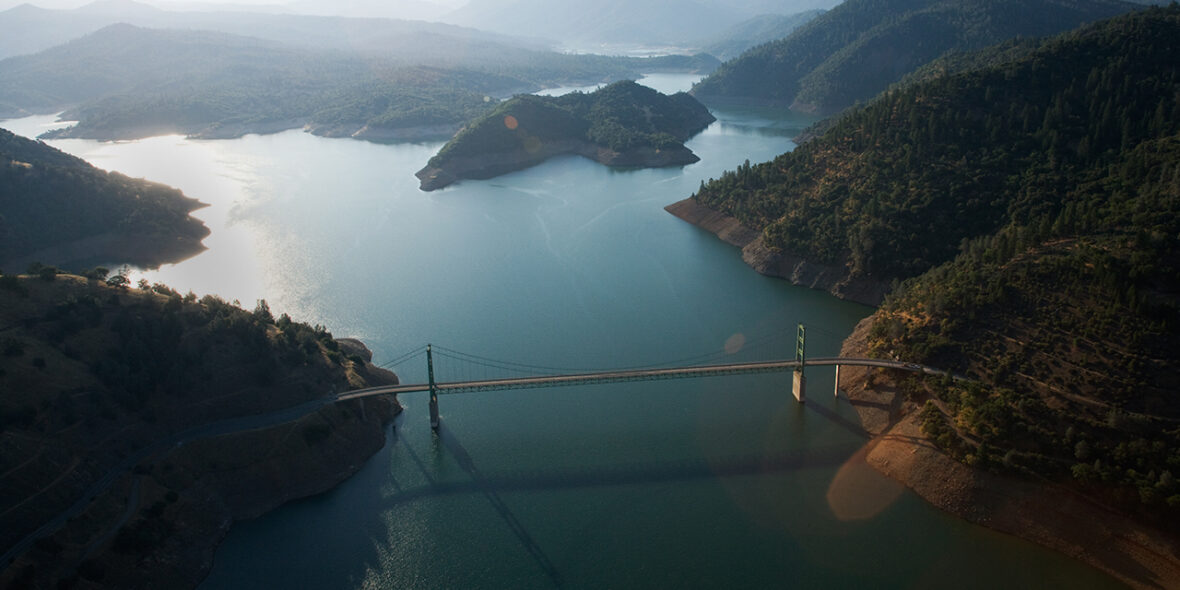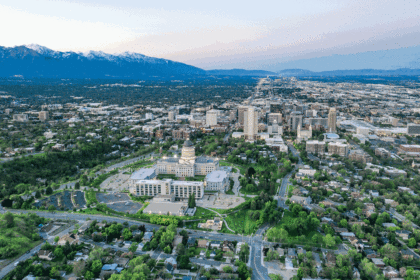Oroville is the county seat of Butte County, California, United States. Take a look below for 15 awesome and interesting facts about Oroville, California, United States.
1. The population of the city was 15,506 at the 2010 census, up from 13,004 in the 2000 census.
2. Following the 2018 Camp Fire that destroyed much of the town of Paradise, the population of Oroville increased as many people who lost their homes relocated to nearby Oroville.
3. In 2019, the California Department of Finance estimated the population of Oroville is 20,737.
4. Oroville is considered the gateway to Lake Oroville and Feather River recreational areas. The Berry Creek Rancheria of Maidu Indians of California is headquartered in Oroville.
5. Oroville is located adjacent to State Route 70, and is in close proximity to State Route 99, which connects Butte County with Interstate 5. The city of Chico is located about 23 miles (38 kilometers) northwest of the city, and the state capital of Sacramento lies around 70 miles (112 kilometers) to the south.
6. Oroville’s nickname is the “City of Gold”, basically just the Spanish name of the city in English. Oroville has also been declared a Tree City USA for 41 years by the National Arbor Day Foundation.
7. Oroville is situated at the base of the foothills on the banks of the Feather River where it flows out of the Sierra Nevada onto the flat floor of the Sacramento Valley.
8. It was established as the home base of navigation on the Feather River to supply gold miners during the California Gold Rush.
9. The town was originally named “Ophir City”, but was later changed to Oroville when the first post office opened in 1854 (oro is the Spanish word for ‘gold’). The City of Oroville was incorporated on January 3, 1906.
10. Gold was found at Bidwell Bar, one of the first gold mining sites in California, bringing thousands of prospectors to the Oroville area seeking riches.
11. Now inundated by the waters of enormous Lake Oroville, which was filled in 1968, Bidwell Bar is memorialized by the Bidwell Bar Bridge, an original remnant from the area and the first suspension bridge in California (California Historical Landmark #314). In the early 20th century, the Western Pacific Railroad completed construction of the all-weather Feather River Canyon route through the Sierra Nevada giving it the nickname of “The Feather River Route”.
12. Oroville station would serve as an important stop for the California Zephyr during its 20-year run. In 1983, this became a part of the Union Pacific Railroad as their Feather River Canyon Subdivision. A major highway, State Route 70, roughly parallels the railroad line winding through the canyon.
13. The Chinese Temple (CHL #770 and listed on the National Register of Historic Places) is another monument to Oroville’s storied past. Chinese laborers from the pioneer era established the Temple as a place of worship for followers of Chinese Popular Religion and the three major Chinese religions: Taoism, Buddhism, and Confucianism. The Chinese Temple and Garden, as it is now called, has an extensive collection of artifacts and a serene garden to enjoy.
14. The olive-canning industry was founded in Oroville by Freda Ehmann, the “mother of ripe olives”. She built a large cannery in Oroville, and by 1900 was the president of the world’s largest canned olive factory.
15. Archaeological finds place the northwestern border for the prehistoric Martis people in the Oroville area.




